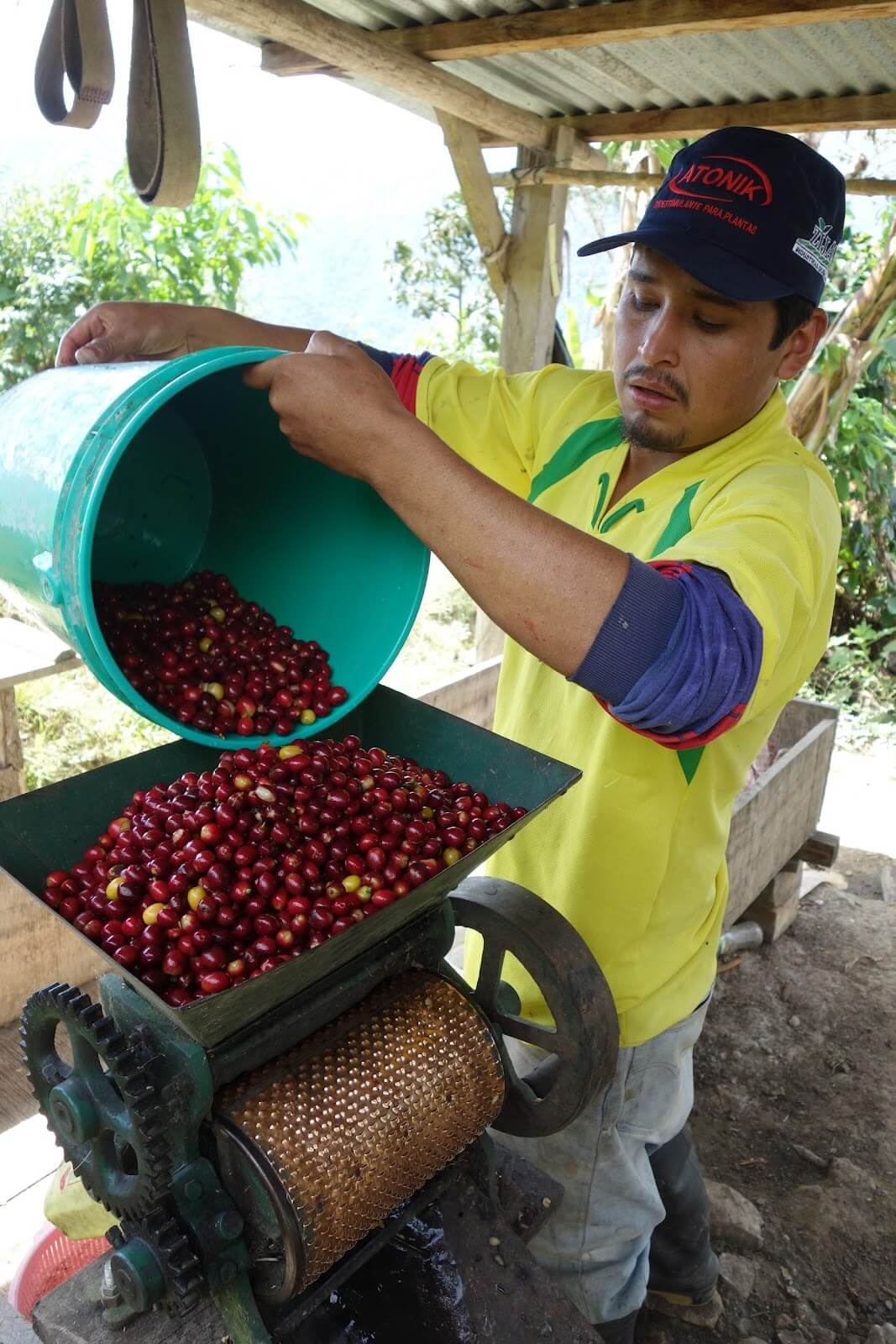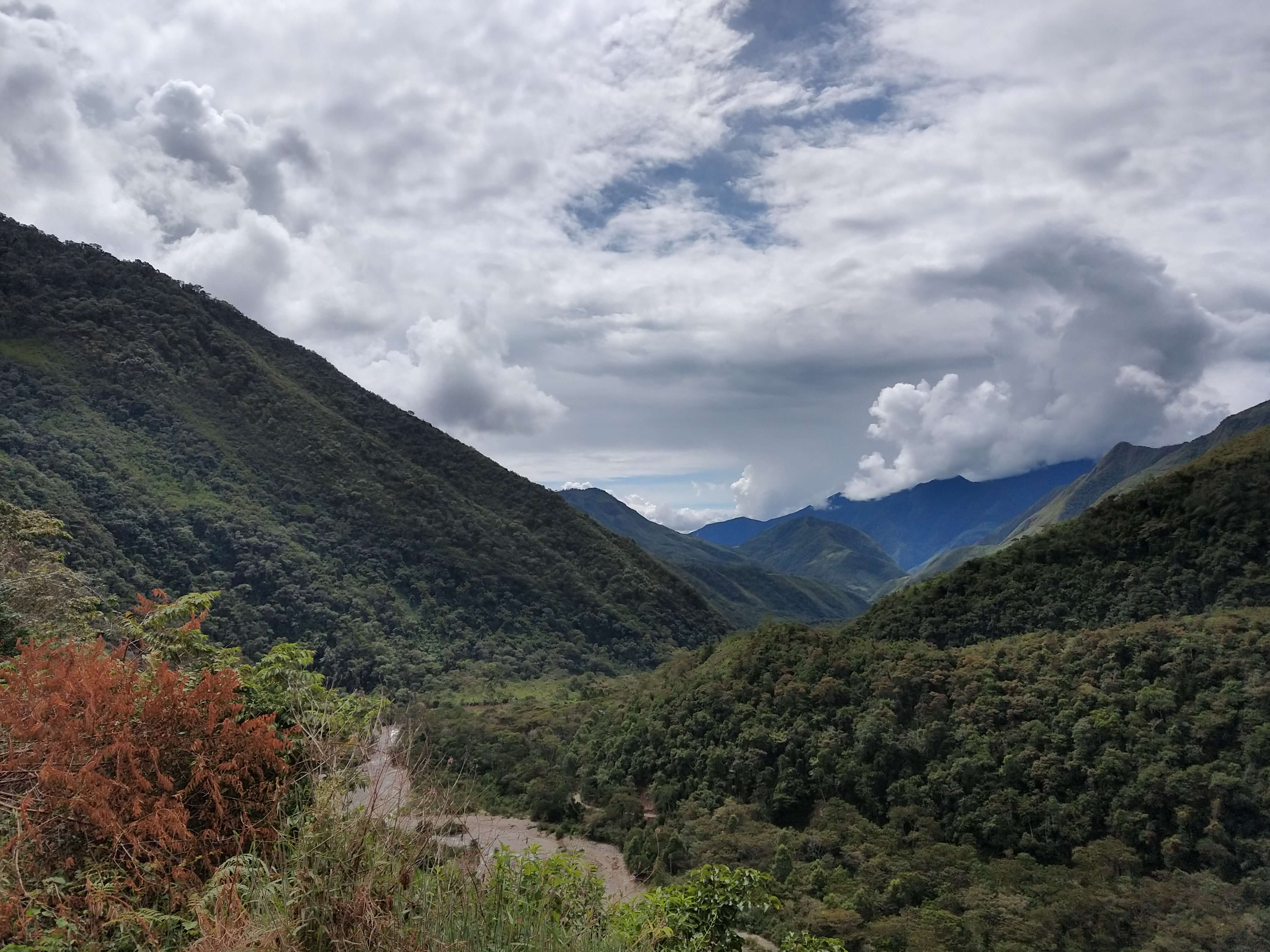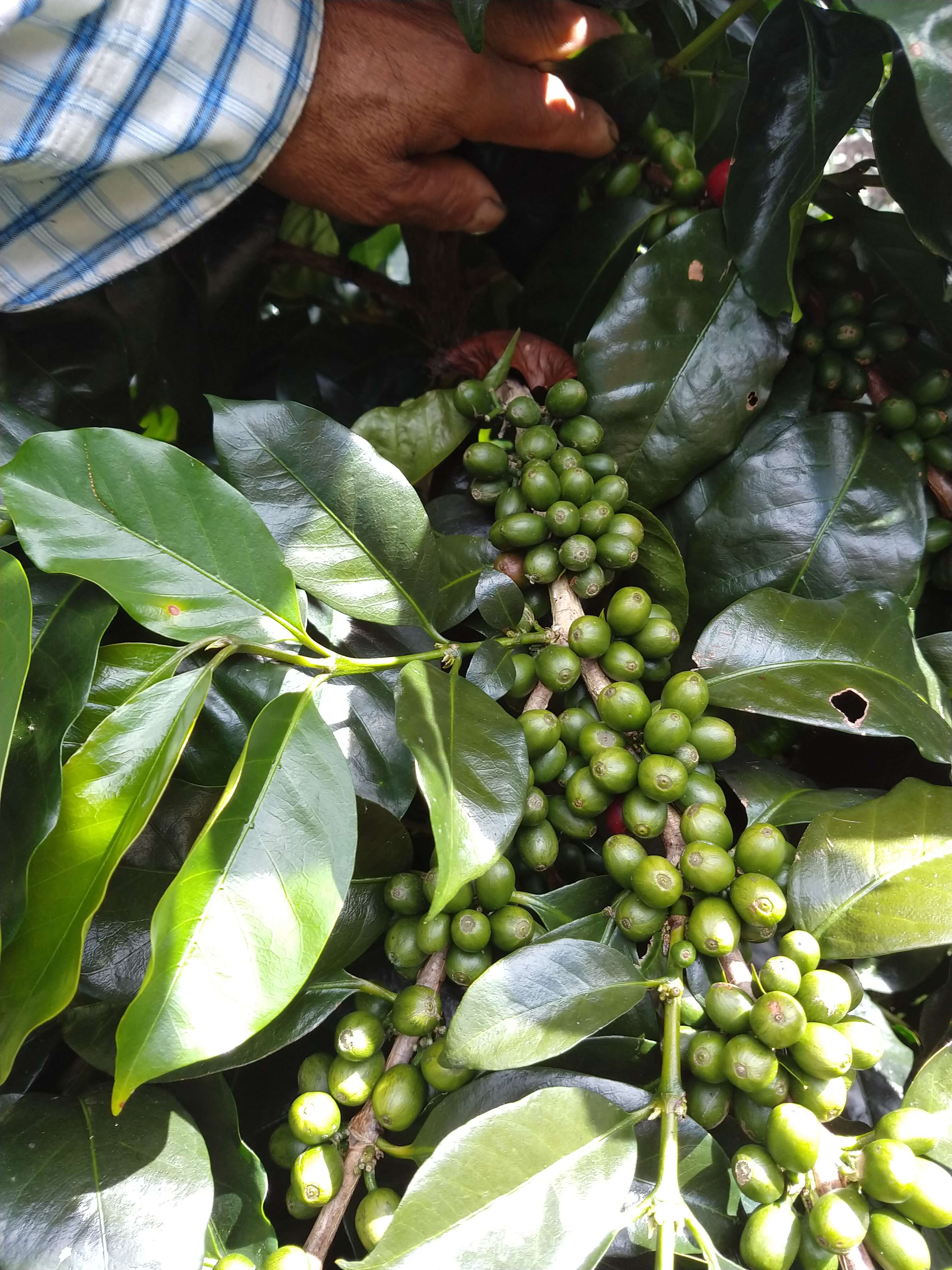New vintage of Churupallana from Peru. This batch offers everything we look for in our house espresso coffee: balance, sweetness and juiciness. Chocolatey and fruity notes that remind us of 72% chocolate and golden apples and a sweet and creamy aftertaste of hazelnuts. It also has a soft acidity and a slightly unctuous body.
This coffee comes from a fascinating place in the valley of Monobamba in the province of Jauja. The name Monobamba is derived from two Quechua words: the first is 'Munay', which as a noun would translate as 'to want', 'to appeal' or 'to desire' and 'Bamba' means 'extensive plane': Monobamba, in other words, means "Plain of desire". And both the landscapes and the coffee grown here do justice to this name.
The Monobamba ecosystem is often referred to as the "Ceja de Selva", where the high jungle of the Amazon turns into the Andes. Most of the farms are located between 1800-2000 meters, but you can find some plots where coffee is grown at altitudes of 2200 meters above sea level. This makes this location a unique place in central Peru, which brings sweet and complex flavors to the coffee beans grown here.
The relationship that Cultivar, the importer of this coffee, has with the communities of the Monobamba Valley dates back to late 2016 and early 2017. At that time, Lisanne, CEO of Cultivar, initiated a quality project to raise the score and cup profiles through improved post-harvest techniques. Upon tasting the first samples, the enormous potential of this group of producers and their farms became evident. The growers in the area knew this potential existed, but at the time, in 2017, they were just recovering from the 2012-2013 rust attacks that devastated most of the farms. It took everyone a couple of years to replant and reinvest in their farm and gain a new value and a new vision: to focus on growing the best coffee possible. And in the last few years, they have been harvesting an increasing amount of rich coffees.
As of this season, Dula Julcarima joined the Cultivar team as a quality coordinator at the Peru Center. She was one of the first Q-Graders in Peru in 2010. She comes from the Monobamba region and knows all about specialty coffee production at these altitudes. Together with her family and neighbors, she is experimenting with extended fermentation, producing some of the sweetest but cleanest coffees the Cultivar team has ever tasted.
COFFEE PROCESSING
Selective harvesting of ripe coffee cherries. Pulped and fermented in cement tanks for an average of 18 hours. Washed with clean water and dried in raised African beds.
When replicating the recipe, there are different variables that can interfere in the final result of your cup, such as the roasting date, conservation of the beans, environment, water, state of the machinery, etc. It is important to keep in mind that all these factors can influence and you may have to make small adjustments when replicating this recipe.
Recipe
16 gr dry
39.5 gr in liquid
26 seconds
Machine: Sage, Barista Pro
Number of grinds: 12
Grinding time: 12
Recommended mineral water: Lanjarón
TDS and extraction percentage: 9.00%/ 22.22%.







